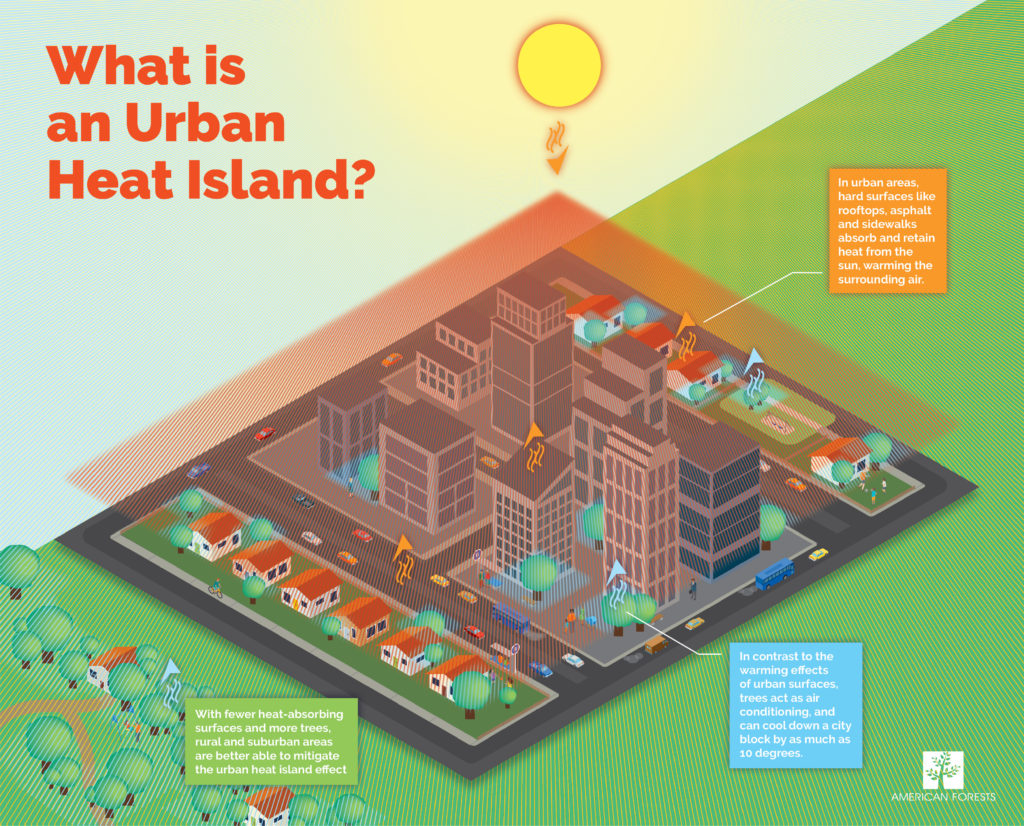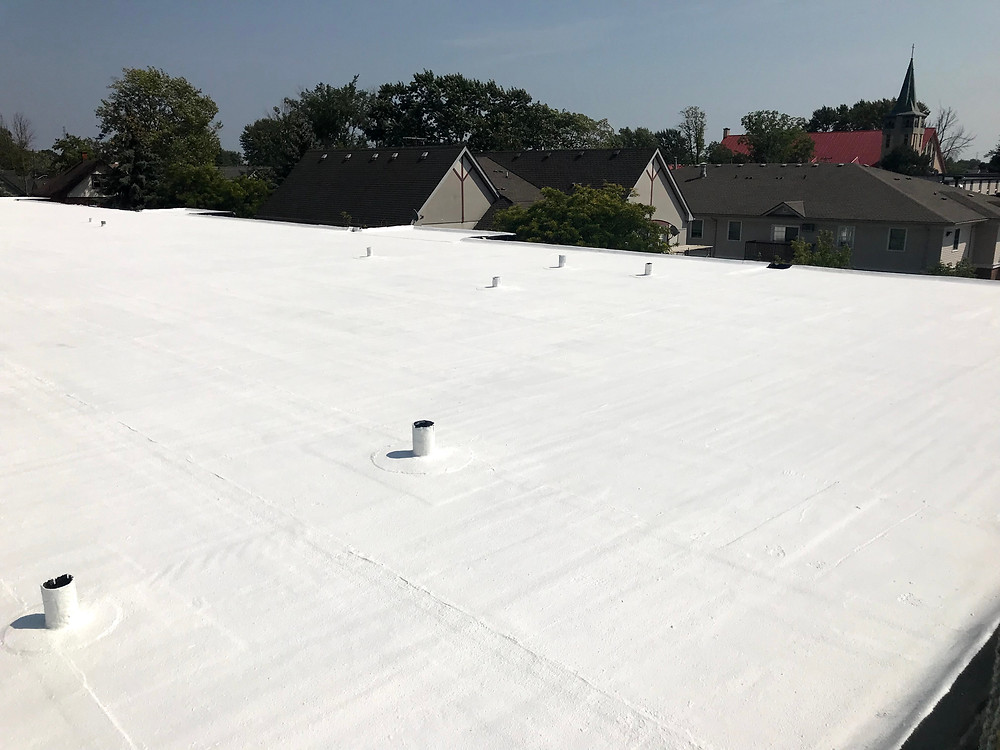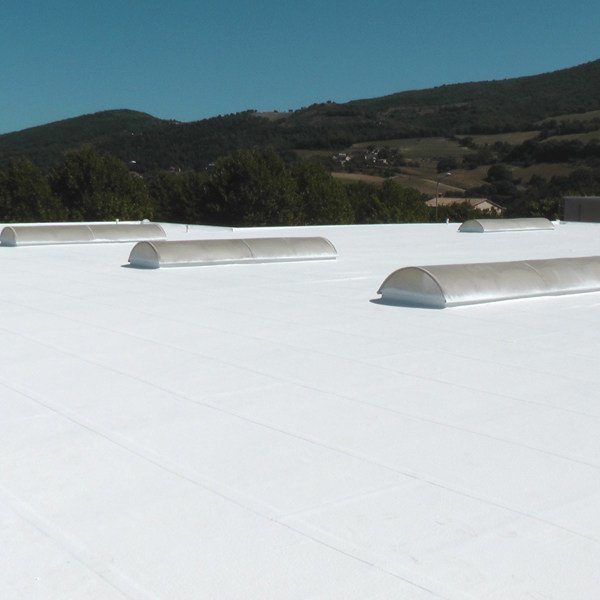If you have been following climate change discussions across the web, you may have come across the term ‘heat island effect’. But what is the heat island effect? We found the following information on the NSW Government Climate Change website.
The urban heat island effect occurs because urban environments tend to trap more heat than natural environments.
Heat (mostly from the Sun) is absorbed by building materials and surfaces such as bricks, roads, carparks and concrete and then radiated into the surrounding area. In some cases, urban surfaces and buildings can be up to 10–20°C warmer than surrounding air temperatures. These materials can continue releasing heat after air temperatures have cooled, leading to higher evening temperatures in urban areas.
Urban areas typically have less vegetation compared to rural areas. Vegetation helps to naturally cool surrounding areas by shading building surfaces, blocking radiation from the sun, and releasing moisture into the atmosphere. Water also provides natural cooling, however urban surfaces such as roads causes rainfall to run off quickly, reducing the amount that can be absorbed by the landscape.
The main cause of heat driving the urban heat island affect is radiation from the Sun, but humans can increase the effect through activities that generate heat, such as transport (vehicle engines), industry, and electricity usage (such as hot air expelled by air conditioning units).
Reducing urban temperatures is particularly important for some places in NSW, such as Western Sydney, and where future population growth is planned to occur. CSIRO and Bureau of Meteorology estimate that Western Sydney will continue to heat up and experience more extreme heat days. For example, on 4 January 2020, Penrith was the hottest place on Earth at 48.9˚C and in 2019 Parramatta endured 47 days with temperatures over 35˚C.
Adapting buildings and infrastructure
Building materials are major contributors to the urban heat island effect. They store heat and by doing so increase indoor and outdoor temperatures. Choosing materials that prevent heat from being absorbed can make a big difference to city temperatures. For example:
- using light-coloured or reflective materials for roofs, roads and pavements
- using permeable materials that absorb water in a similar way to natural landscapes
- providing shade for built surfaces, through building shade structures or using vegetation to create plant walls and roofs.
Designing buildings and infrastructure to cope with the impacts of climate change and urban heat will help communities stay safe and comfortable in a changing climate.
Cork Spray Australia can use our product Oriplast Reflex to reflect the suns rays by 90%. Contact us today to find our more.
All information sourced from NSW Government – AdaptNSW website.

Example of the heat island effect – image sourced from AmericanForests.org


